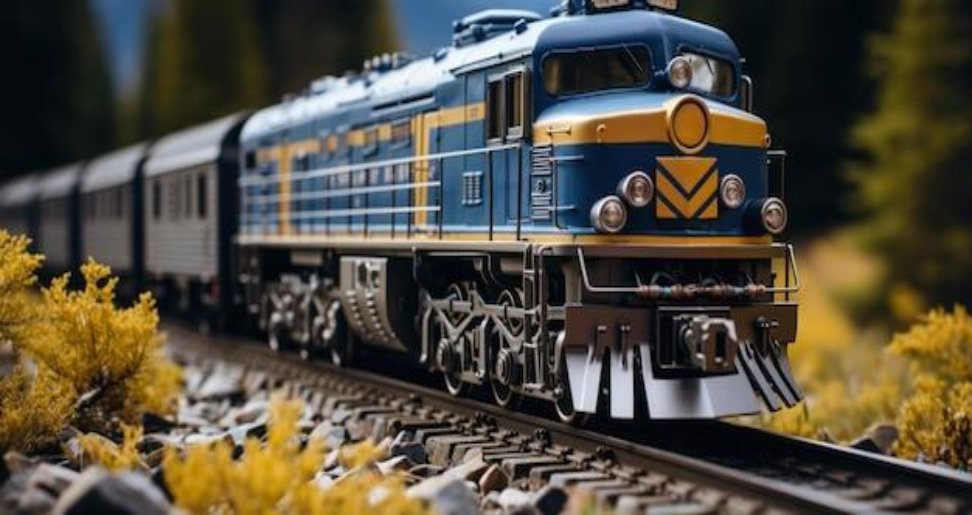Building a model train layout is a rewarding hobby that allows railroad enthusiasts to bring miniature worlds to life. However, it’s important to plan carefully upfront to avoid common pitfalls. With proper budgeting and defined goals, a layout project stays on track for enjoyment for years to come.
Establish a Budget
One of the first steps is deciding how much money can realistically be allocated. Layout costs vary greatly depending on the desired scale, size, level of detail, and whether services like Model Train Railroad Layout Services will be utilized. As a baseline, expect to spend $500-1,000+ for a basic 4×8 space with track, locomotives, and rolling stock.
Factor in other key items too like bench work, controls, scenery materials, structures, and more advanced electronics. Track, switches, and roadbed alone can run $200-500 for even modest designs. Don’t forget ongoing expenses like new trains, buildings, and maintenance over the lifespan. With realistic budgeting, large visions stay attainable without breaking the bank.
Determine Layout Goals
What style of the railroad – switching, mainline, small industrial- captures your interest? Do you envision detailed modeling or more of an open rail yard? Will it be era-specific like the 1950s or operate multiple lines as a modular layout? Answering these preference questions sets parameters for construction.
Also consider physical space – wall-mounted, free-standing tabletop or expandable styles offer different benefits. Tabletop units excel for detail work while larger floor layouts provide ultimate realism if room permits. By writing layout objectives, priorities guide decisions on size, complexity, and detailed scenic elements.
Seek Layout Design Services
For those without prior model railroad experience, Model Train Railroad Layout Services experts excel at crafting customized plans within set goals and locations. They factor in track requirements, bench work options, operations ideas, and scenic challenges unique to each modeler.
Their designs precisely arrange elements to optimize the use of space while fitting overall concept visions. This prevents costly rework, helps stay on budget estimating costs upfront, and delivers designs matching skill levels for smooth construction. Input at early planning stages ensures finished products meet original layout aspirations.
Installing Realistic Scenery and Structures
Bringing layout designs to life with realistic scenery components is where projects take shape. Proper planning makes landscape details truly shine:
Roads and Ground Cover
Lay a weed barrier and then various materials like lichen, grasses, and crushed woodland scenic mulch/ballast for convincing land coverage. Roads use paint, pastels, or static grass tufts. Hills use sculpted foam shapes or plaster cloth wrappings.
Buildings and Structures
Model bashing from multiple commercial structures, using laser-cut detail pieces, or even scratch-building unique locations add layout personality. Consider structure placement, era accuracy, and lighting details during installation. Airbrushed sky scenes or printed backdrop panels set realistic backdrops. Then tufts, flocks, and delicate cast trees planted at angles fill out foreground scenery zones.
Water Features
Realistic moving streams, ponds, and shorelines make quality-of-life cast resin products crafted from realistic water cast sheets. Fine-tune scenes with grass, leaves, rocks, fences, and details that elevate realism like people, cars, and signage.
Conclusion
Planning is key, but ultimately it’s all about the fun of imaginative railroad adventures through a miniature world only limited by your vision! So whether navigating construction solo or with help from Model Train Railroad Layout Services, follow these guidelines to stay on track towards a rewarding modeling project that offers railroad enjoyment for years to come. Now go ahead and make those trains run on time!
Also Read:-

